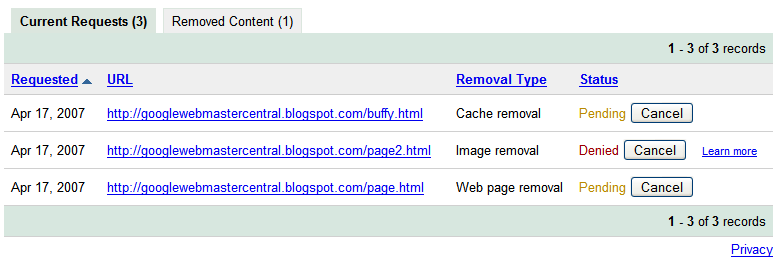
To make sure that the new tab isn’t being held up by requests from another one. Tab with their respective tabs and cancel on swipe Similarly, you could tag all thumbnail image requests in a They are being made on behalf of, and call requestQueue.cancelAll(this) from ForĮxample, you can tag all of your requests with the You can then use this tag to provide a scope of requests to cancel. There is an easier way: you can associate a tag object with each Track all in-flight requests in order to be able to cancel them at theĪppropriate time. To take advantage of this behavior, you would typically have to Whether onSaveInstanceState() has been called already, or other defensive Method and you don’t have to litter your response handlers with checks for getActivity() = null,

Practice is that you can cancel all of your pending requests in your activity’s Volley guarantees that your response handler will never be called. To cancel a request, call cancel() on your Request object. This figure illustrates the life of a request: You can add a request from any thread, but responses are always delivered on the Note that expensive operations like blocking I/O and parsing/decoding are done on worker

Response back to the main thread for delivery. Parses the response on the worker thread, writes the response to cache, and posts the parsed The firstĪvailable network thread takes the request from the queue, performs the HTTP transaction, Request cannot be serviced from cache, it is placed on the network queue.

Parsed on the cache thread and the parsed response is delivered on the main thread. Thread and triaged: if the request can be serviced from cache, the cached response is When you add a request to the queue, it is picked up by the cache When you call add(), Volley runs one cache processing thread and a pool of Gets serviced, and has its raw response parsed and delivered. Once you add the request it moves through the pipeline, To send a request, you simply construct one and add it to the RequestQueue withĪdd(), as shown above. Volley.newRequestQueue convenience method.
#Java code to send sms from pc to mobile using https how to#
Important semantics provided by the library, particularly related to canceling requests.ĭescription of how to set up a RequestQueue yourself, instead of using the Is convenient for populating UI controls with received data, as you can freely modify UIĬontrols directly from your response handler, but it’s especially critical to many of the

Volley always delivers parsed responses on the main thread. Listener () ) // Add the request to the RequestQueue. StringRequest stringRequest = new StringRequest ( Request. newRequestQueue ( this ) String url = "" // Request a string response from the provided URL. For example:įinal TextView textView = ( TextView ) findViewById ( R. RequestQueue for you, using default values, and starts the queue. Volley provides a convenience method Volley.newRequestQueue that sets up a Without this, your app won’t be able to connect to the network. This lesson also describes how to add a request to a RequestQueue and cancel a See the next lesson, Setting Up a RequestQueue, for information on how to set This lesson describes how to send a request using the Volley.newRequestQueueĬonvenience method, which sets up a RequestQueue for you. Requestsĭo the parsing of raw responses and Volley takes care of dispatching the parsed response Network operations, reading from and writing to the cache, and parsing responses. The RequestQueue manages worker threads for running the At a high level, you use Volley by creating a RequestQueue and passing it


 0 kommentar(er)
0 kommentar(er)
